Did you know that Dead Woman’s Pass is the highest point on the Inca Trail and that it gets its name from the silhouette of a reclining woman formed by the surrounding mountains? Thousands of travelers face it every year, and all agree that it is the most memorable part of the route to Machu Picchu. Are you ready to face the most intense section of your journey to Machu Picchu?
What is the Dead Woman’s Pass and why is it called that?
Dead Woman’s Pass, or “Warmiwañusca” in the local Quechua language, is one of the most enigmatic sections of the Inca Trail. The pass gets its name from the silhouette of a reclining woman formed by the surrounding mountain peaks. This figure is visible from certain angles and has become a symbol of the place, adding to its mystique and allure.
Altitude of Dead Woman’s Pass
Dead Woman’s Pass is the highest point of the Inca Trail hike, standing at an altitude of 4,215 meters (13,828 feet) above sea level. This elevation makes the crossing one of the greatest physical challenges of the trek, as the lack of oxygen requires good acclimatization and prior preparation.
A cultural and spiritual landmark
The pass is not only a geographical reference but also a cultural one. It is steeped in history, with numerous legends associated with it. Some consider it a sacred site where the Incas performed rituals and ceremonies, while others see it as a symbolic gateway to the spiritual world.
Cultural Exploration and Historical Significance
The journey to Dead Woman's Pass is a cultural exploration in itself. The trail is lined with Inca ruins, each with its own story to tell. These ruins provide a glimpse into the lives of the Incas, their beliefs, and their architectural prowess.
One of the most notable ruins along the trail is the Runkurakay ruin, a circular structure believed to have been a tambo, or rest stop, for Inca messengers. Another is the Sayacmarca ruin, a fortress-like structure with a strategic location overlooking the Aobamba valley.
The ruins are not just historical artifacts; they are also architectural marvels. The Incas were known for their stonework, and these ruins are a testament to their skills. The precision with which the stones are cut and fitted together, without the use of mortar, is truly remarkable.
How to get to Dead Woman’s Pass
Dead Woman’s Pass can only be reached as part of the classic 4 day Inca Trail. It is not a site that can be visited independently.
- Starting point: usually at Kilometer 82 (Piscacucho).
- Access: only with an authorized tour and official guide, since the Inca Trail is regulated by the Ministry of Culture.
- Location on the route: the pass is reached on the second day of the trek, considered the most challenging of the entire journey.
Best time to visit Dead Woman’s Pass
The best time to trek to Dead Woman’s Pass is during the dry season (May to September), when days are sunnier and rain is minimal, allowing for clear landscapes and safer paths.
During the rainy season (November to March) the trail becomes slippery and more difficult, though the landscape turns greener and more lush. In February, the Inca Trail is closed for maintenance.
For the safest experience and the best views, plan your trip between May and September.
Difficulty and physical demands
Climbing to Dead Woman’s Pass is one of the toughest parts of the Inca Trail:
- Elevation gain: nearly 1,200 meters (3,937 ft) in a single day.
- Ascent duration: between 4 and 5 hours, depending on your pace.
- Difficulty level: high, mainly due to altitude and steep terrain.
Still, the reward is unique: breathtaking views of the Andes and the satisfaction of having conquered the highest point of the Inca Trail.
Tips for conquering Dead Woman’s Pass
- Acclimatization: spend at least 2–3 days in Cusco before starting the trek.
- Steady pace: don’t try to rush, take short breaks.
- Essential gear: trekking poles, sturdy boots, layered clothing, and a rain poncho.
- Hydration and energy: carry water, snacks, nuts, or chocolate.
- Listen to your body: know your limits this is not a race.
Flora and fauna at Dead Woman’s Pass
The ascent to Dead Woman’s Pass not only tests your endurance but also brings you into contact with the biodiversity of the Andes.
- Flora: at higher elevations, ichu (Andean grass) dominates, along with native shrubs. In lower areas, orchids and plants from the cloud forest can be found.
- Fauna: you may spot vizcachas hiding among the rocks, Andean birds such as the caracara and hummingbirds, and even llamas or alpacas that sometimes accompany porters in camp areas.
The natural richness of this environment makes the journey a unique experience, where every step reveals life thriving in these sacred mountains.
The experience of hiking to Dead Woman’s Pass
Hiking the Inca Trail and conquering Dead Woman’s Pass is both challenging and rewarding. The steep path and endless zigzags test your physical and mental endurance. Each step requires effort, but it also brings you closer to one of the most impressive views in the Andes.
The true reward comes when you reach the top: a mix of achievement and awe as you stand surrounded by mountains and clouds that seem to touch the sky. It’s a unique moment that transforms exhaustion into satisfaction and remains one of the most intense highlights of the Inca Trail.
Frequently Asked Questions
Can I visit only Dead Woman’s Pass without hiking the entire Inca Trail?
No, it is not possible. Dead Woman’s Pass is part of the classic 4-day Inca Trail, and access is regulated by the Peruvian government. Entry is only with an authorized tour.
Is there cell phone service at Dead Woman’s Pass?
No. Most of the Inca Trail, including Dead Woman’s Pass, has no cell service. It’s best to inform family before starting the trek.
Are there bathrooms near Dead Woman’s Pass?
The only bathrooms are in campsites before and after the pass, such as Wayllabamba or Pacaymayo. There are no facilities at the top.
What type of training is recommended before hiking Dead Woman’s Pass?
Cardio training, long hikes with elevation gain, and if possible, practice at high altitude are very helpful.
What is the minimum age recommended for hiking Dead Woman’s Pass?
There is no official minimum age, but most agencies recommend participants be at least 12 years old, with good fitness and prior acclimatization.
Can you camp at the top of Dead Woman’s Pass?
No, there are no campsites at the top. Campsites are located in lower valleys.
Can I rent trekking gear in Cusco for Dead Woman’s Pass?
Yes, Cusco has many shops where you can rent trekking poles, sleeping bags, backpacks, and warm clothing.
Is there drinking water at Dead Woman’s Pass?
No, not at the summit. Water consumed on the trek comes from streams and is boiled or treated by the support team.
Can I hire a porter just to carry my backpack up Dead Woman’s Pass?
Yes, many agencies offer the option of hiring additional porters to carry part or all of your gear.
How early do groups start the day they cross Dead Woman’s Pass?
Most groups begin between 5:00 and 6:00 a.m. to take advantage of the morning and reach camp before nightfall.
Exploring the Inca Trail and reaching the summit of Dead Woman’s Pass is more than just a hike; it is a communion with the past, a chance to uncover the mysteries of Inca civilization, and an immersion in the untamed beauty of the Andes.
Conquering this pass is not only a physical achievement but also a spiritual encounter with the greatness of the Incas and the majesty of Andean nature.
Are you ready to take the next step toward Machu Picchu and experience one of the most legendary trails in the world?

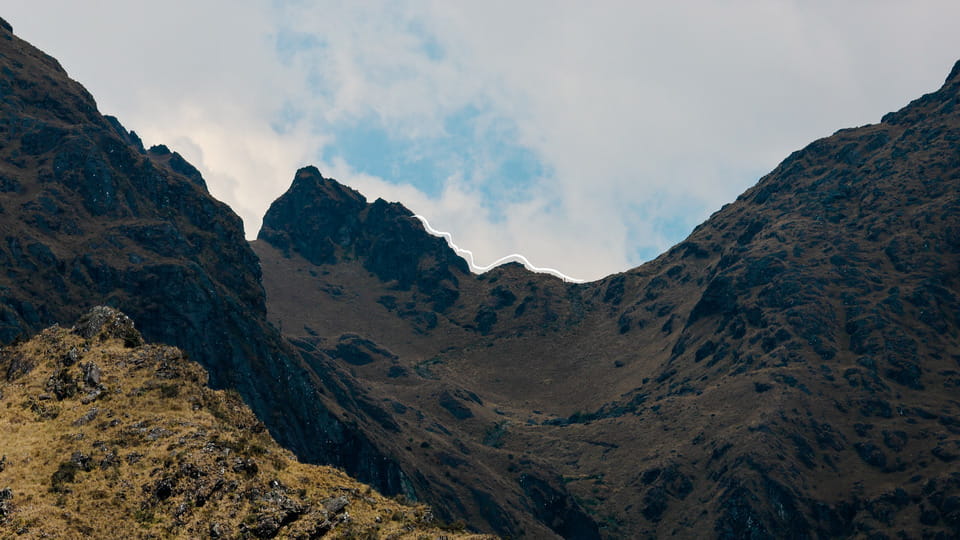
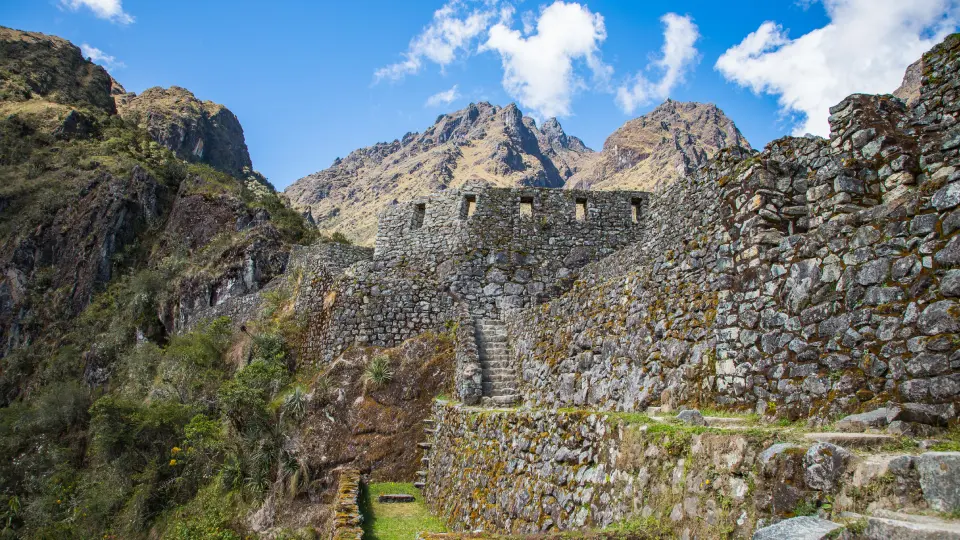
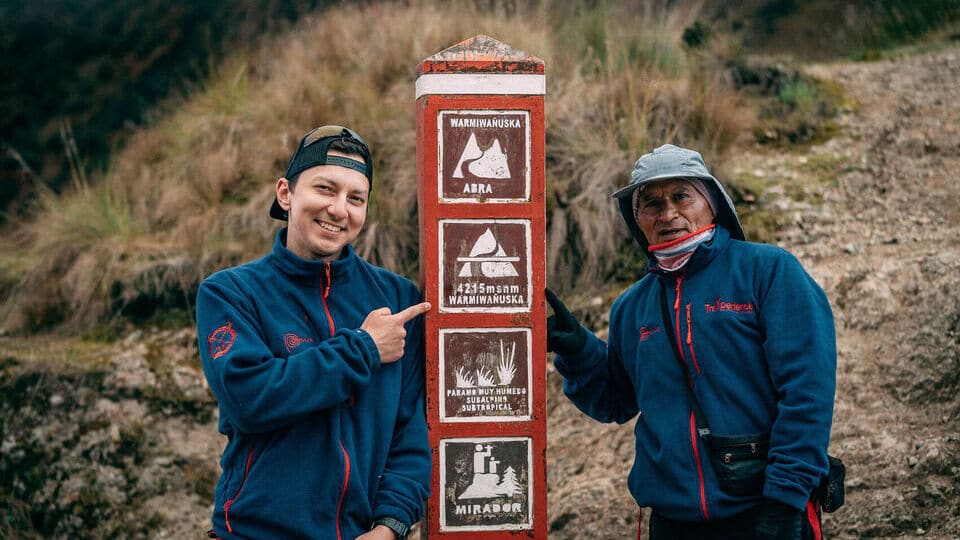
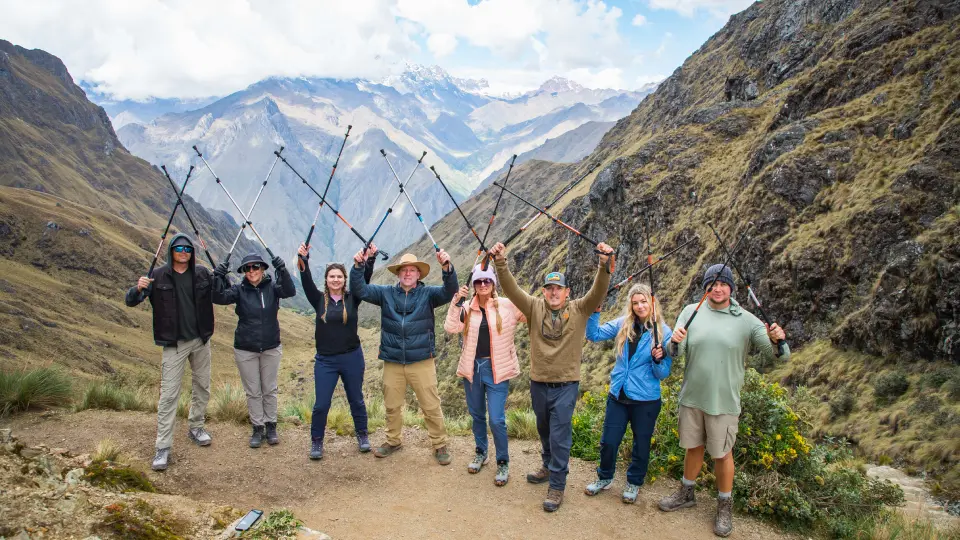
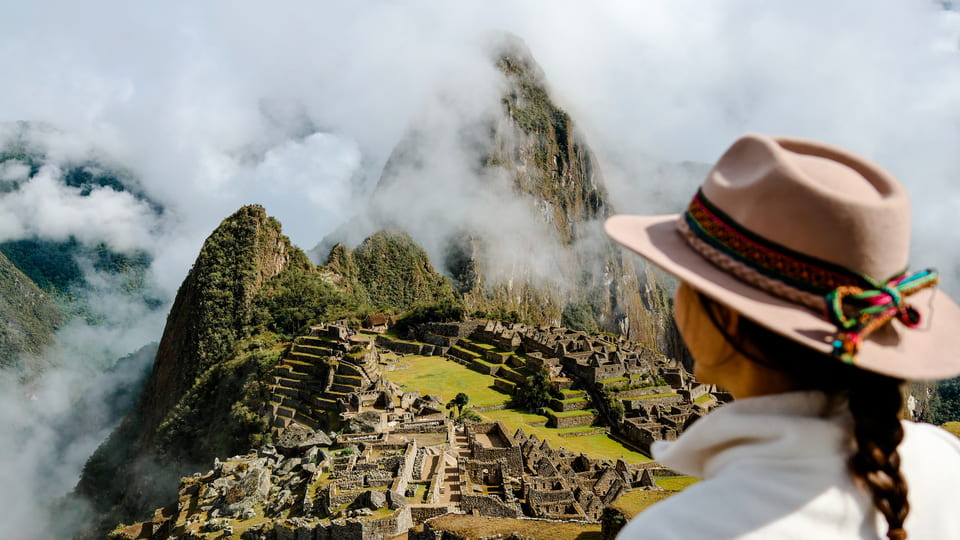

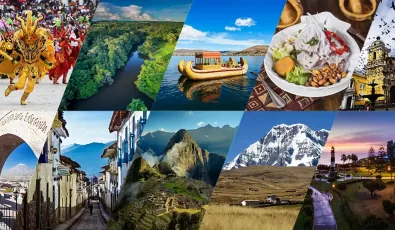

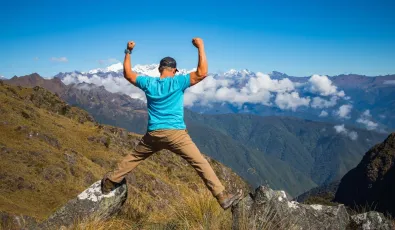

Add new comment